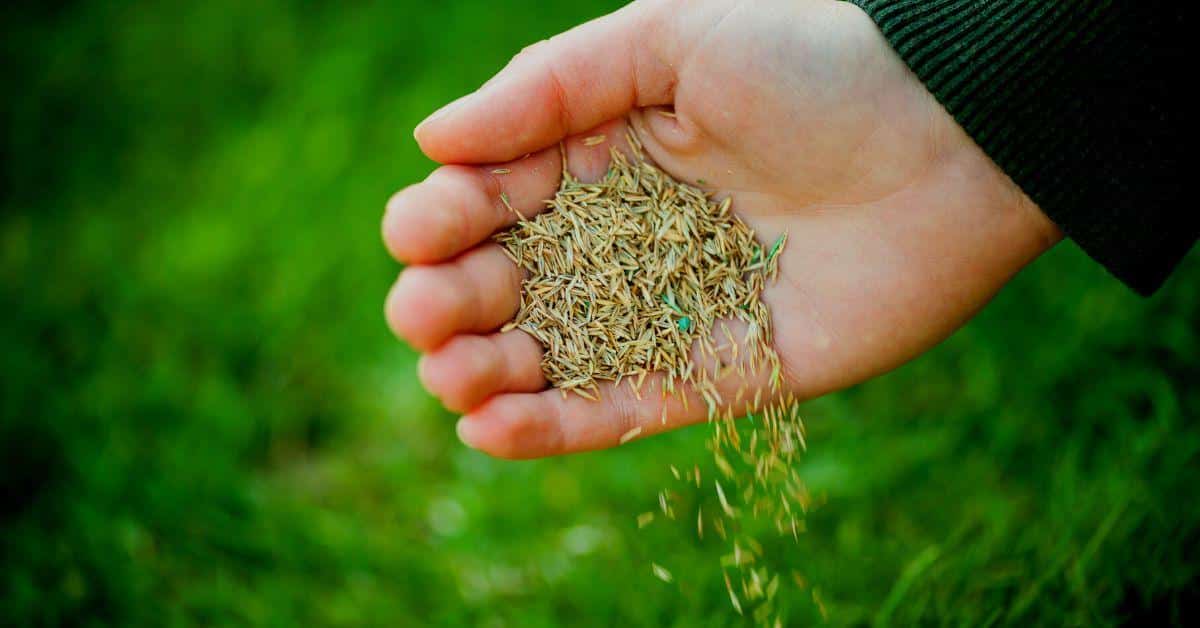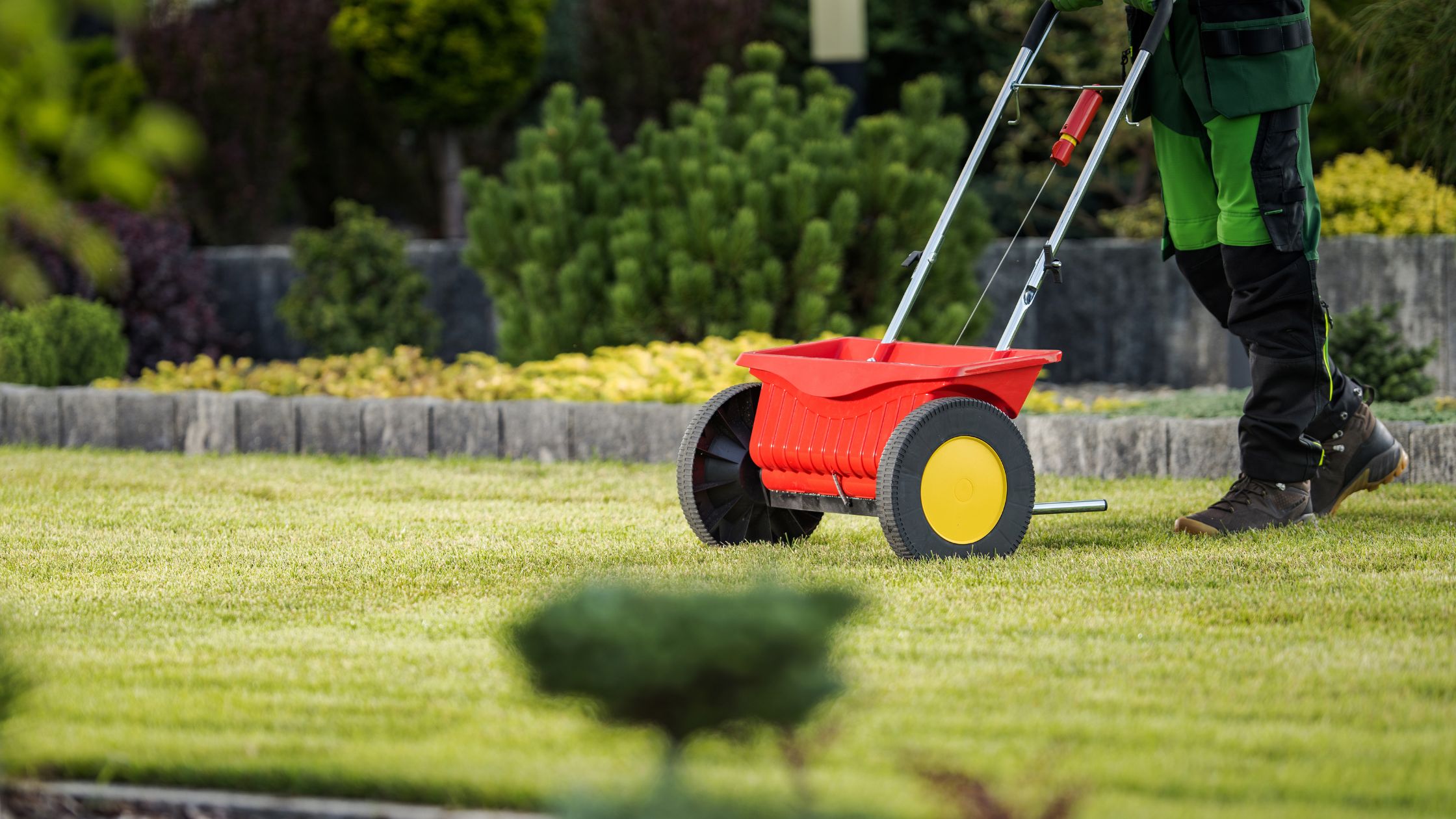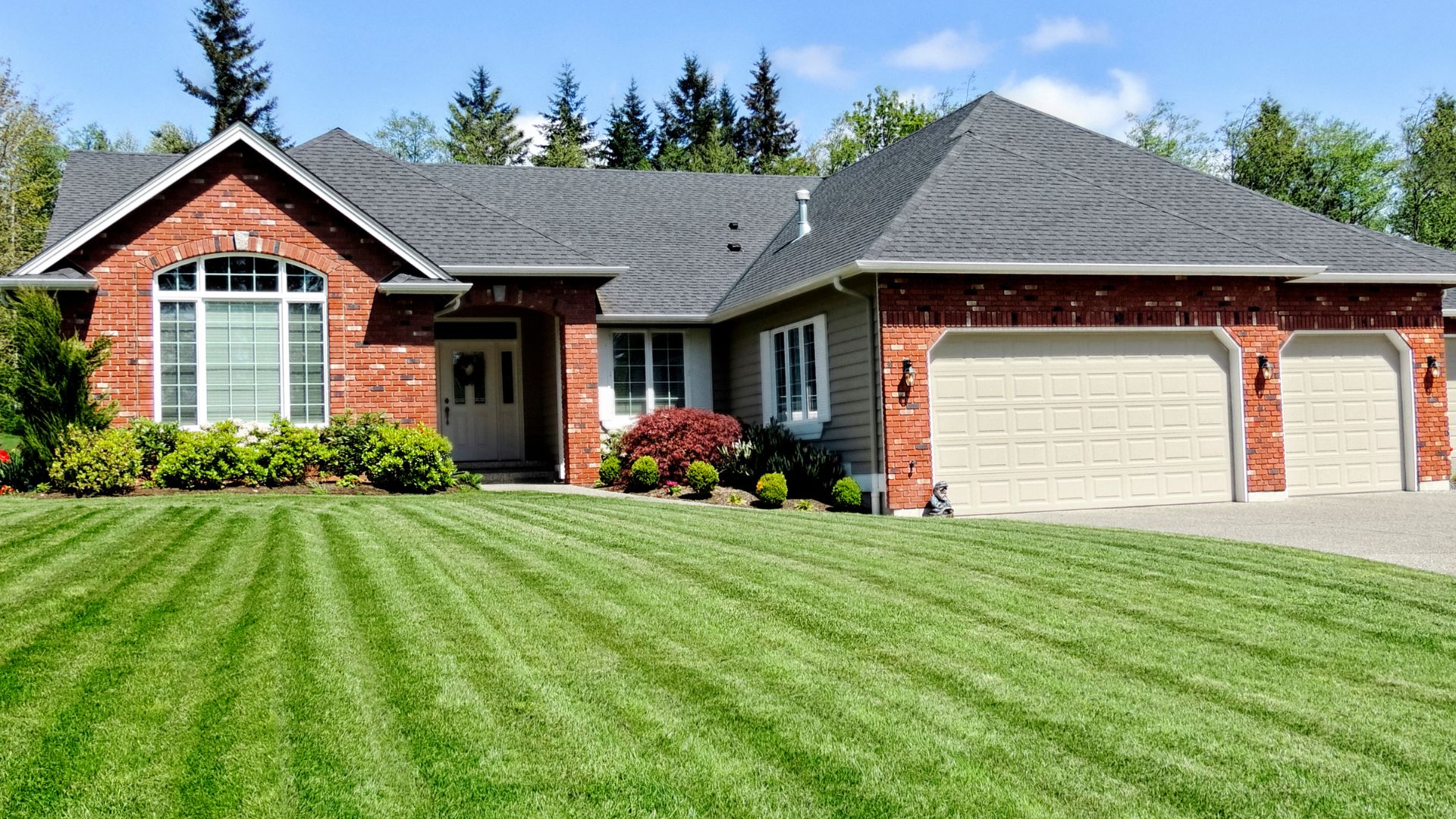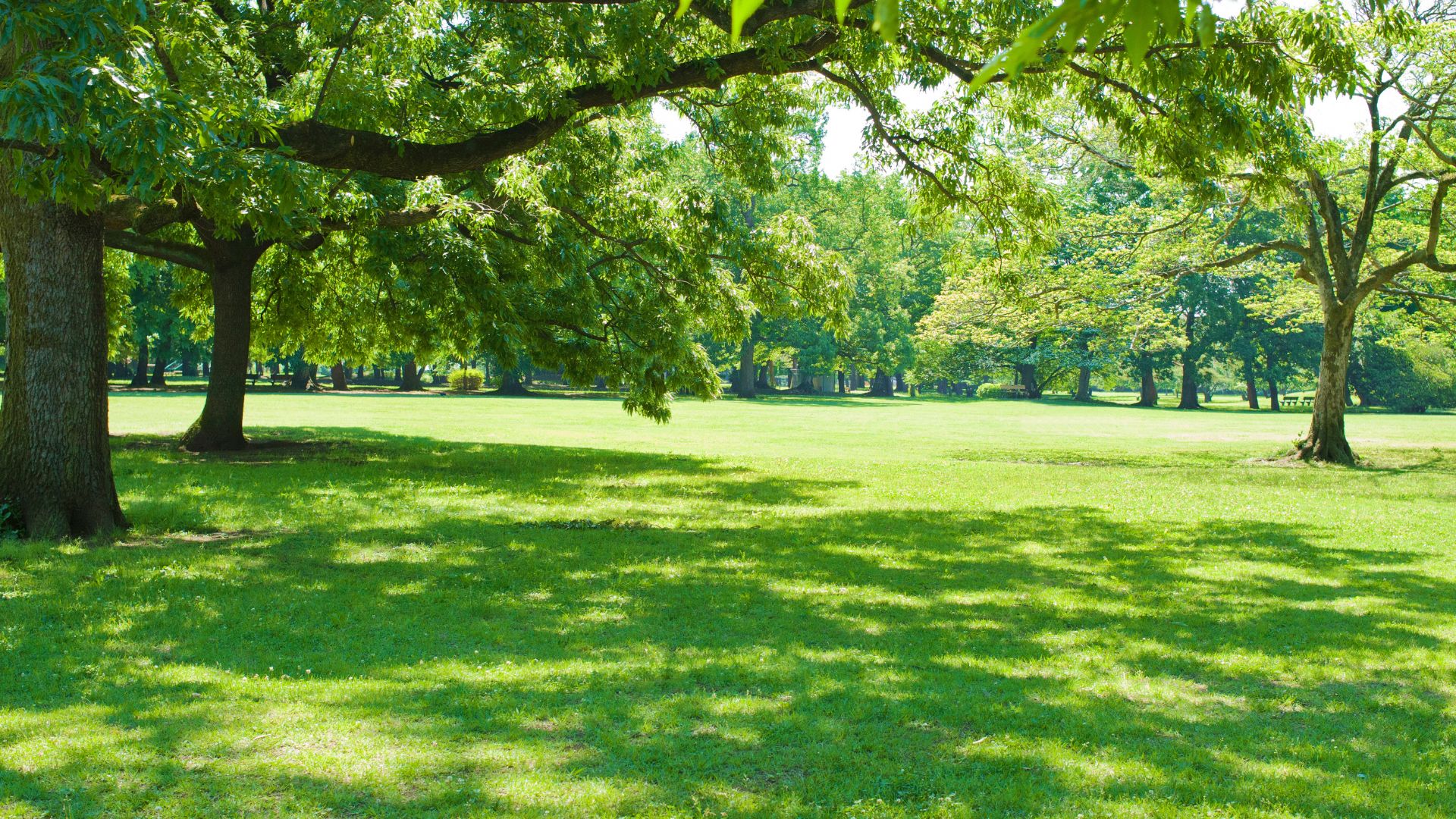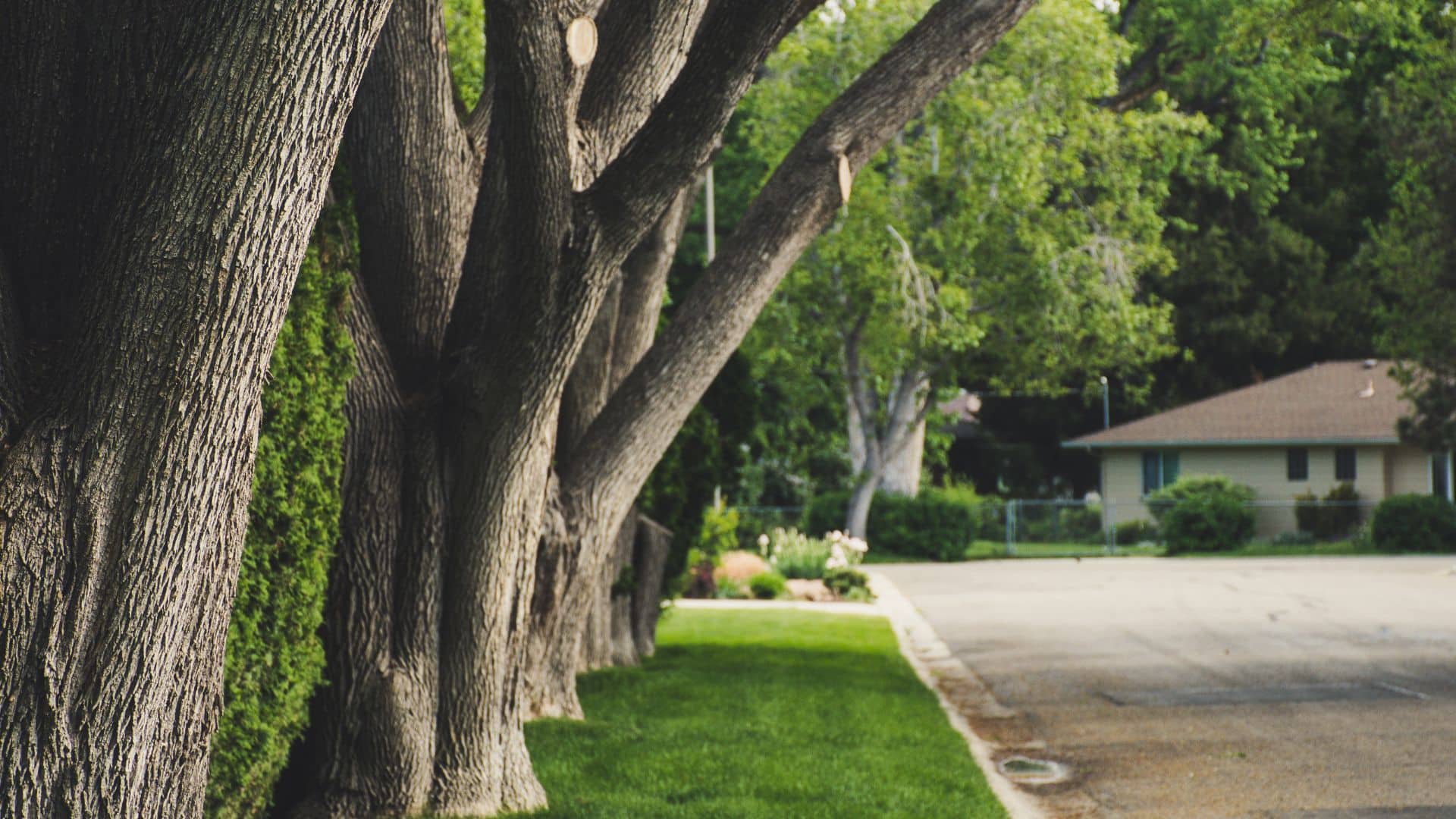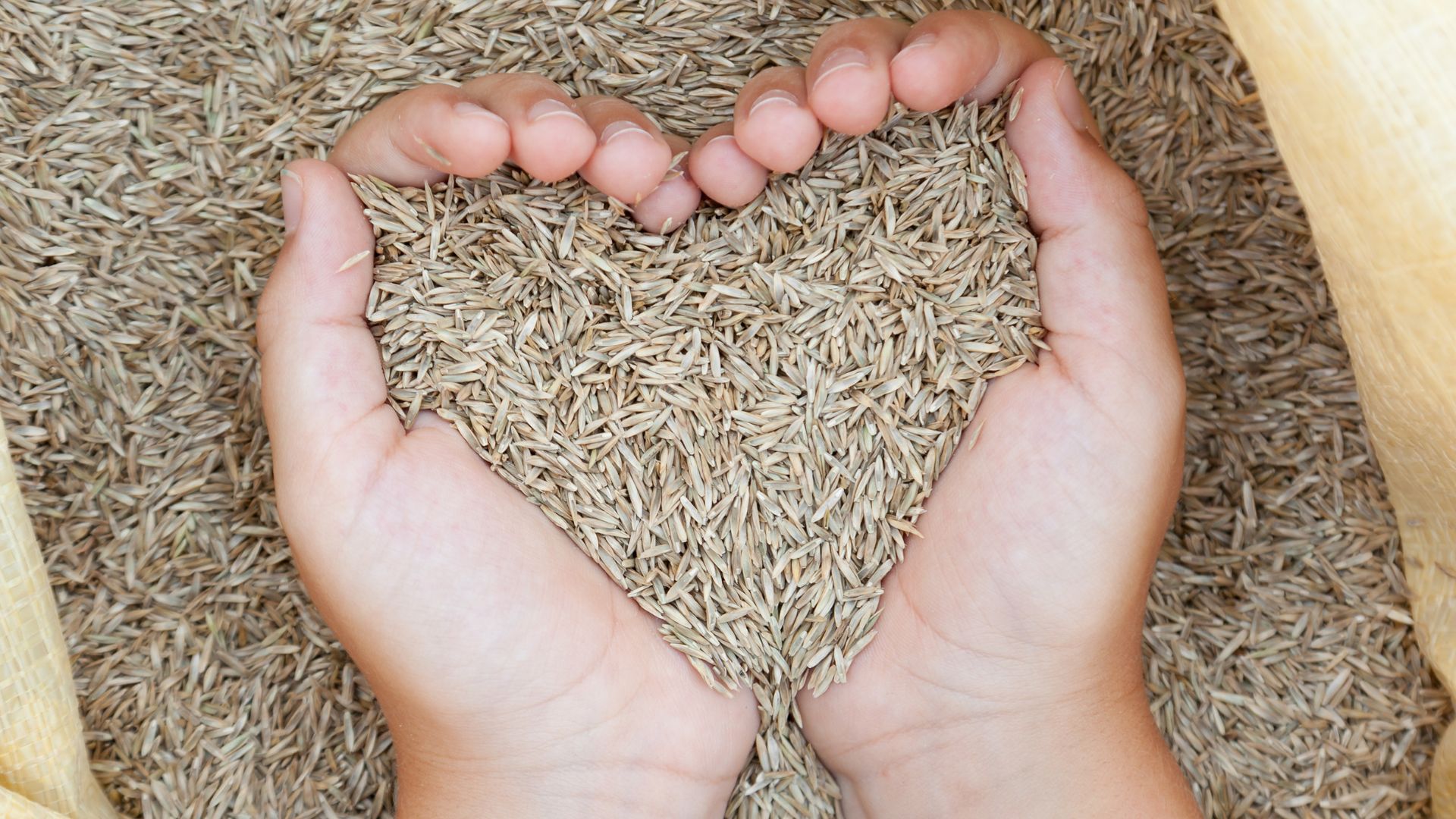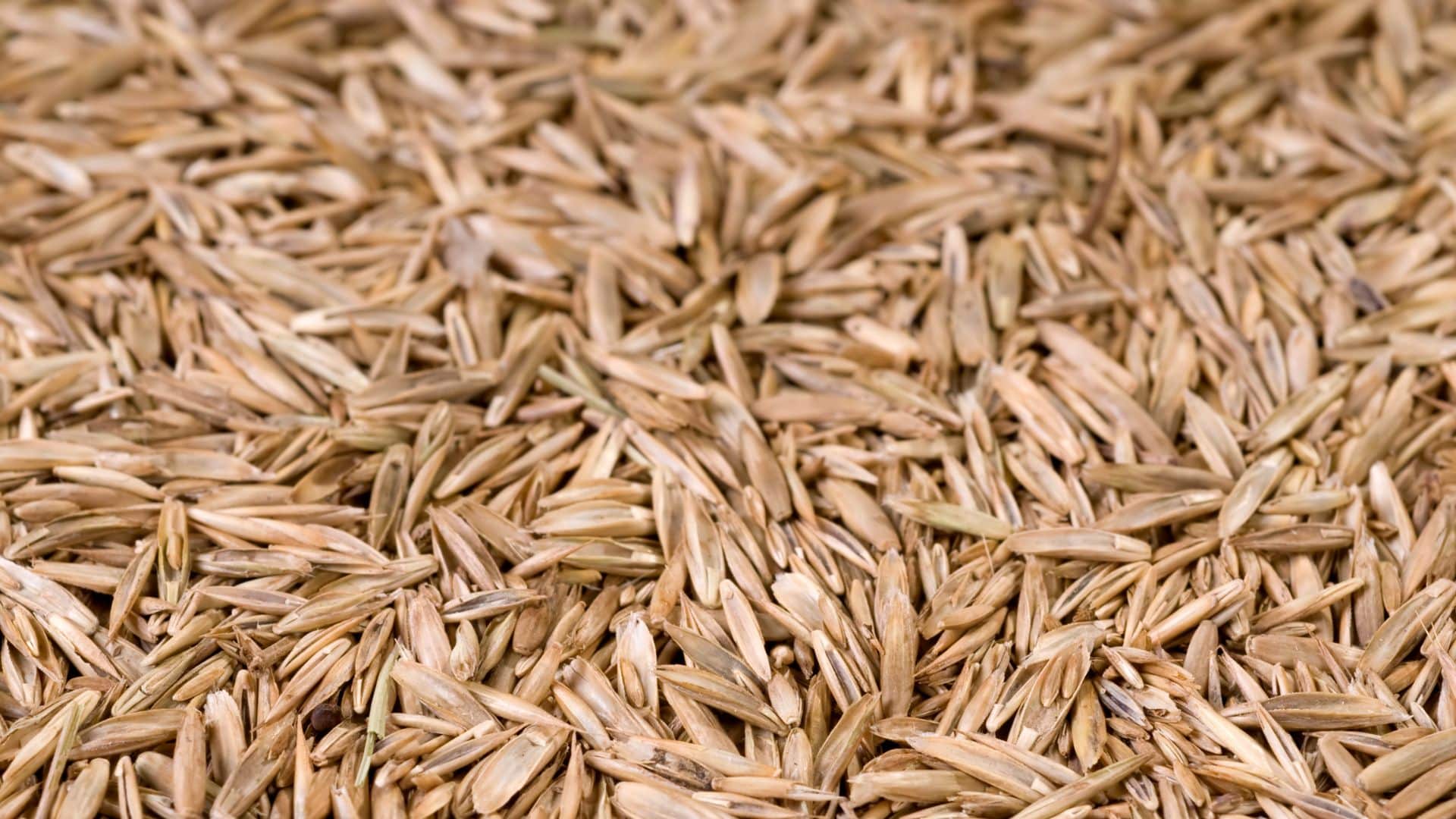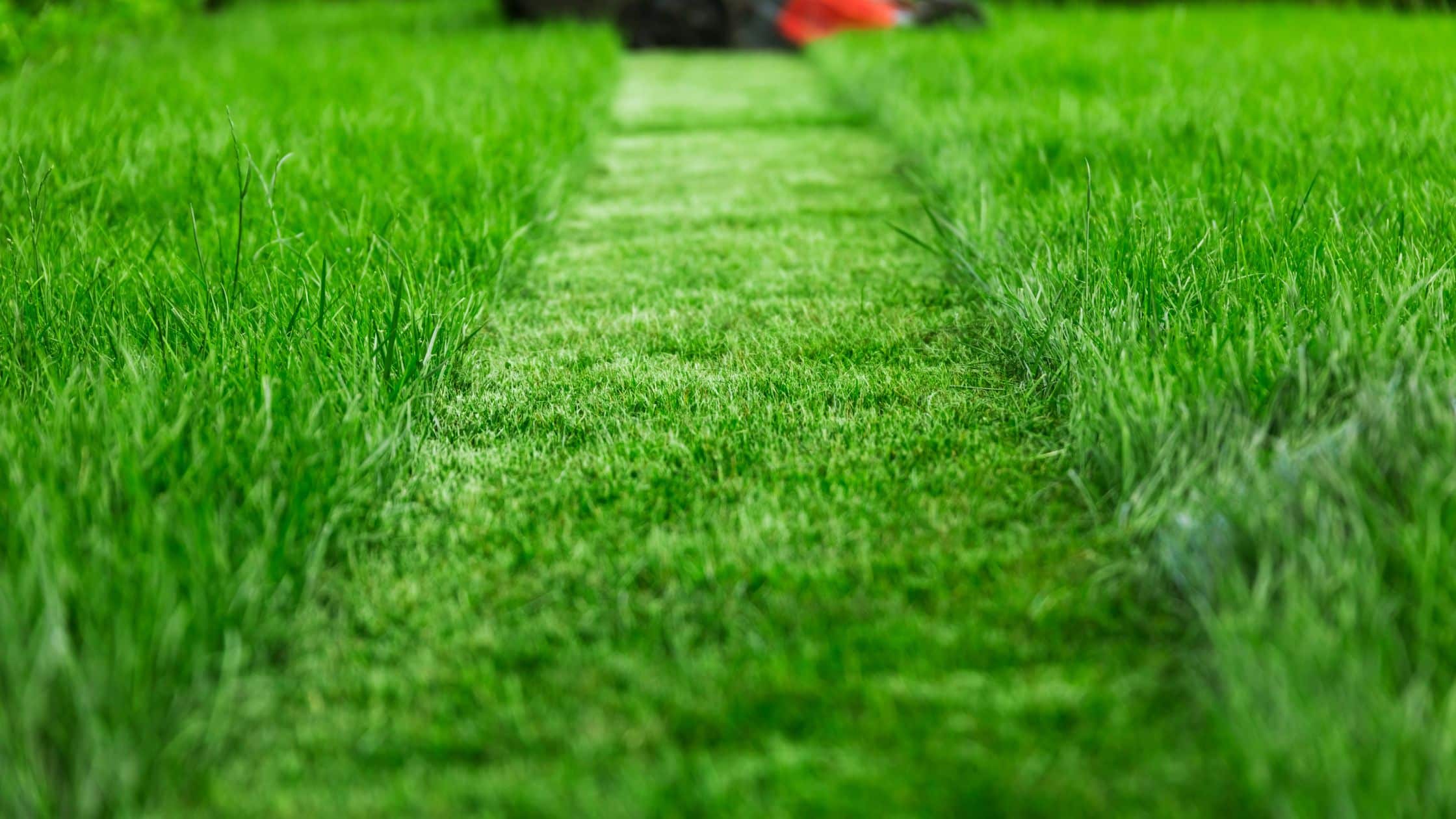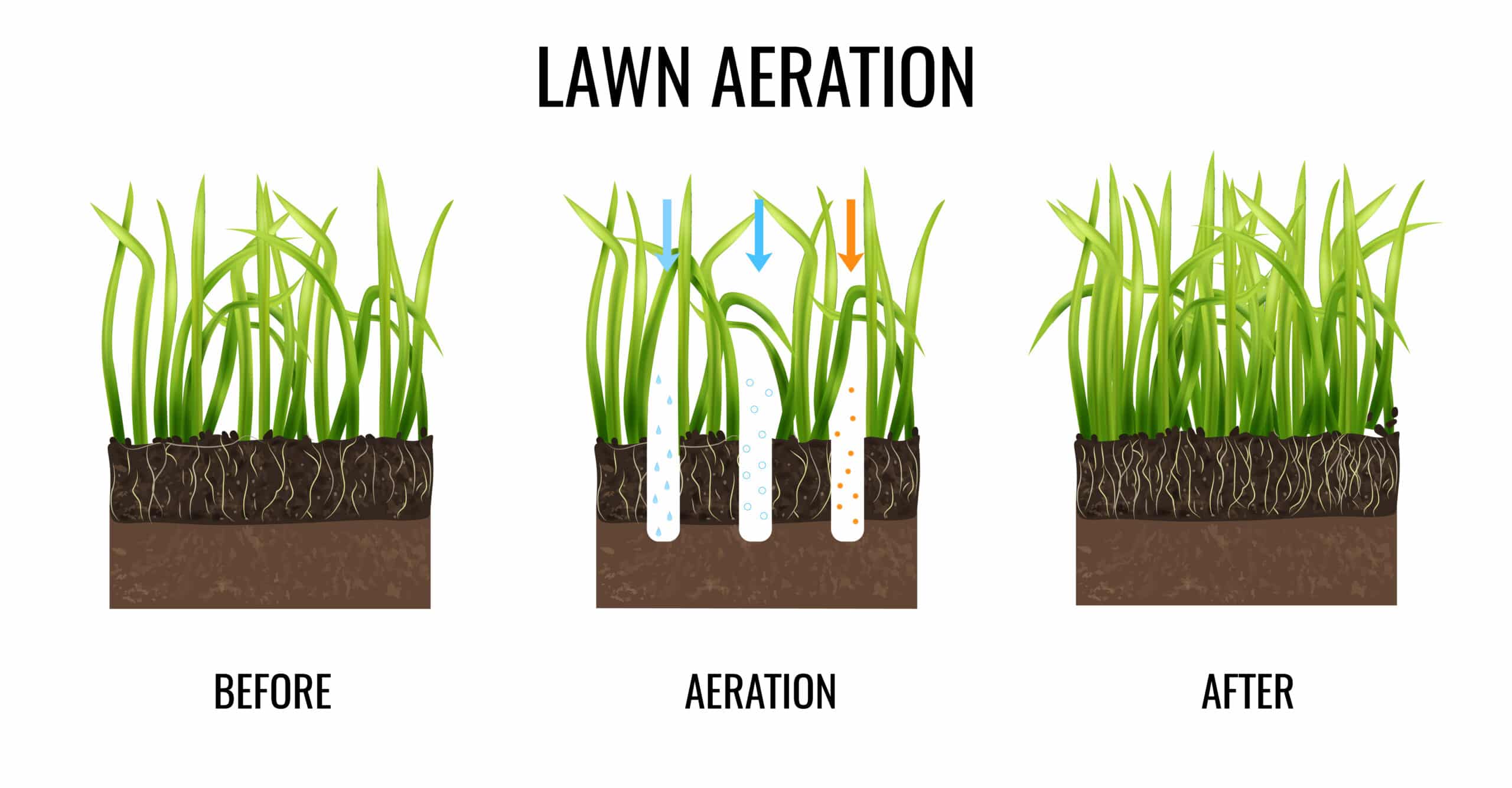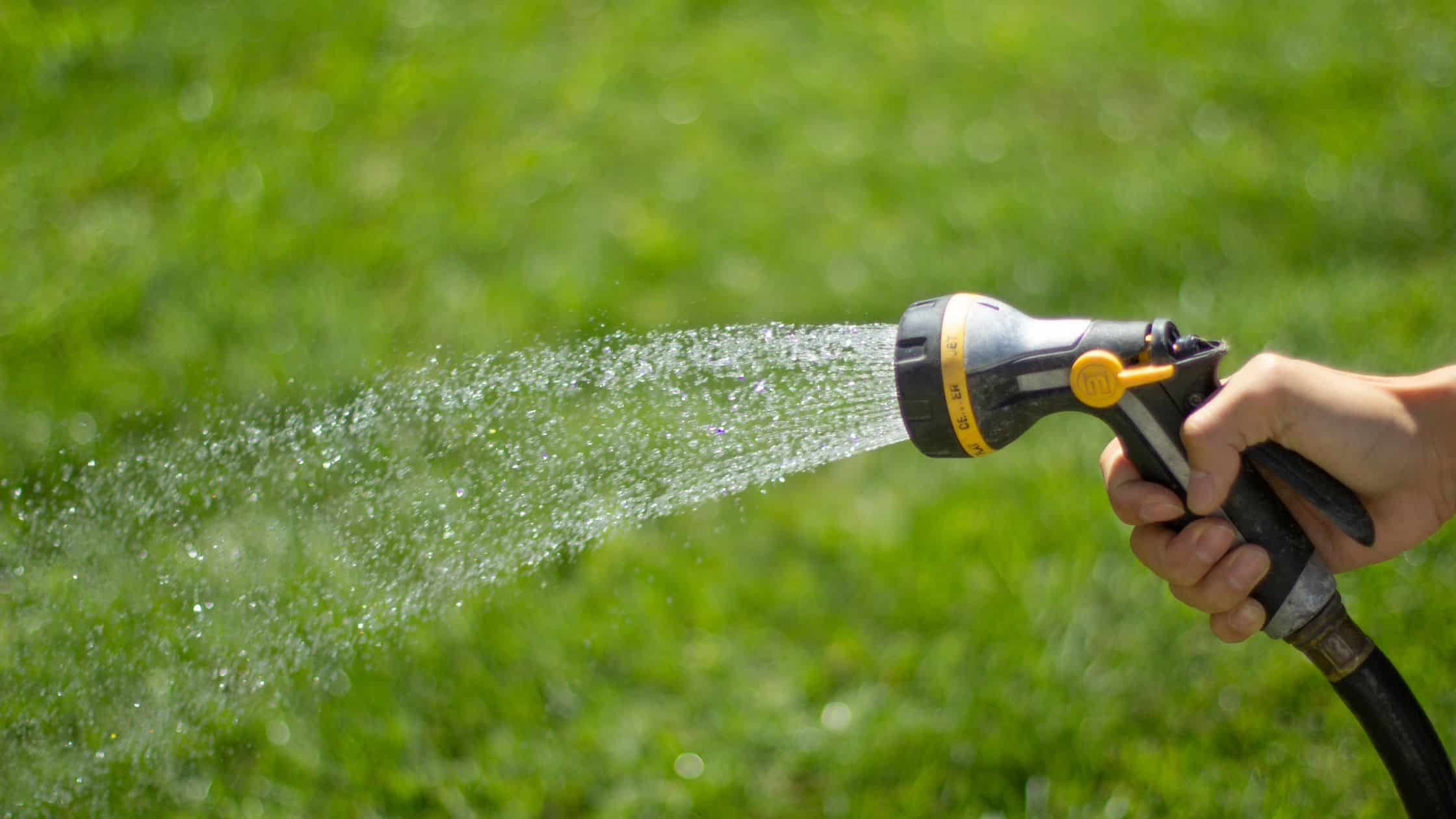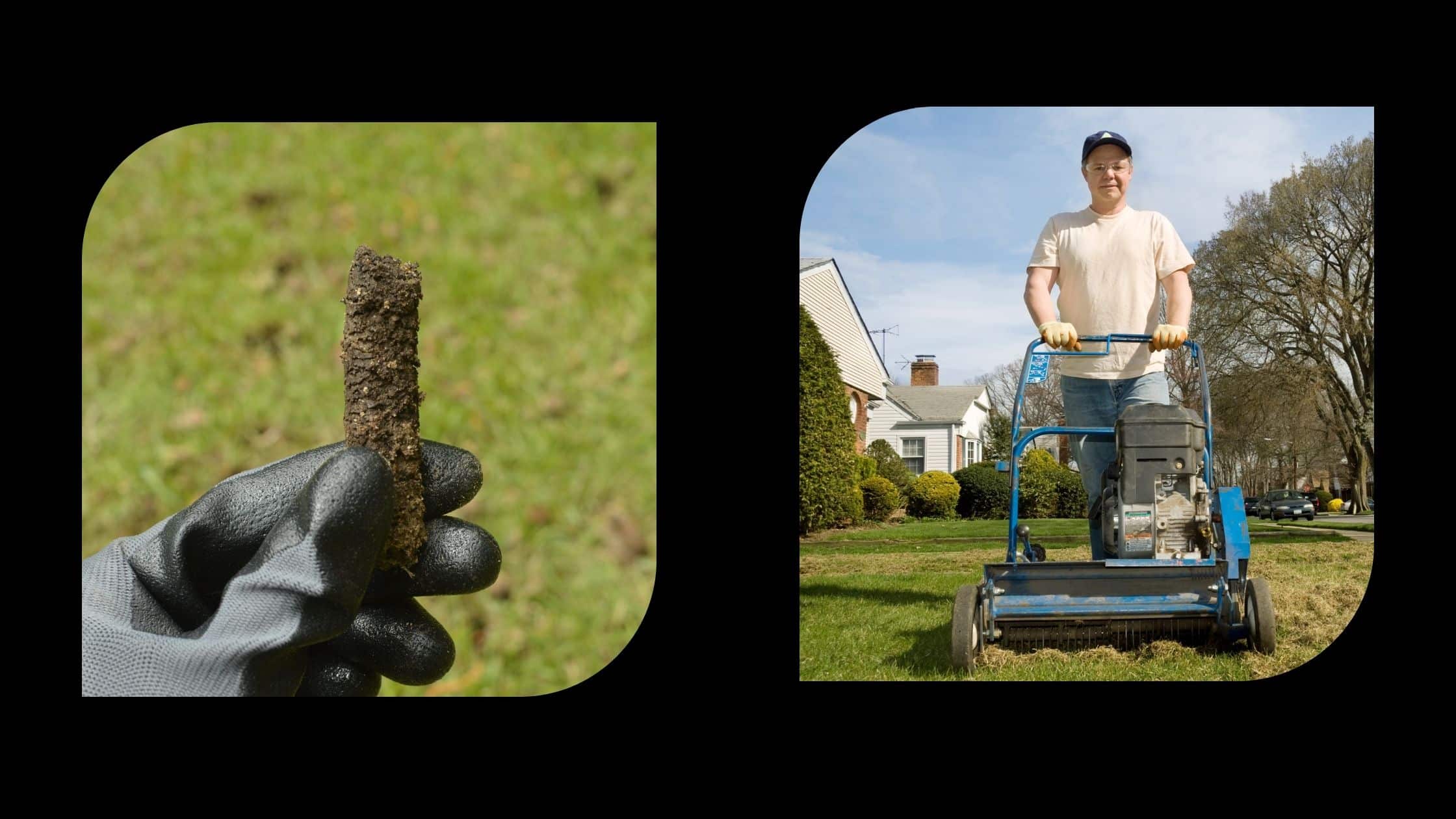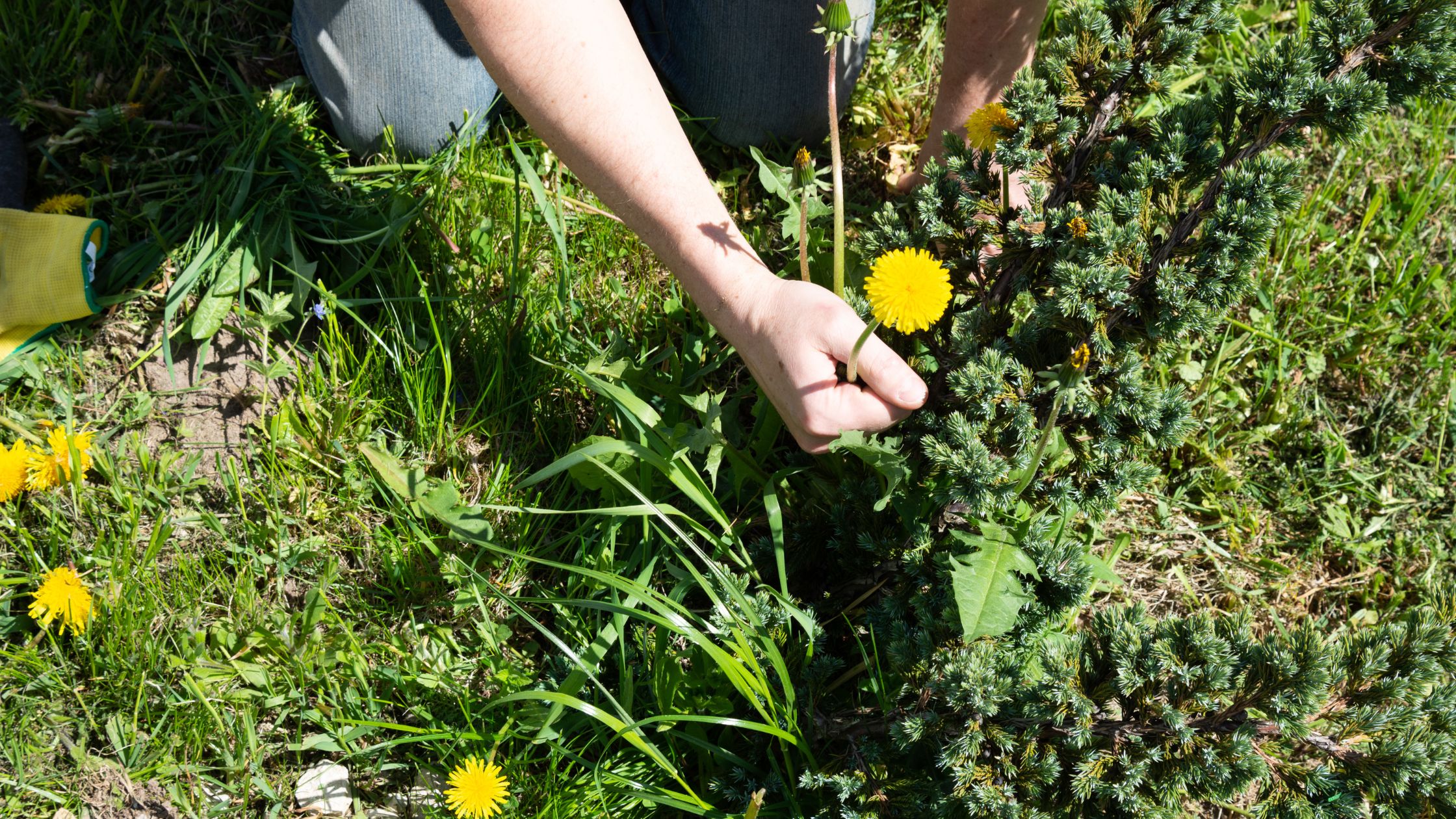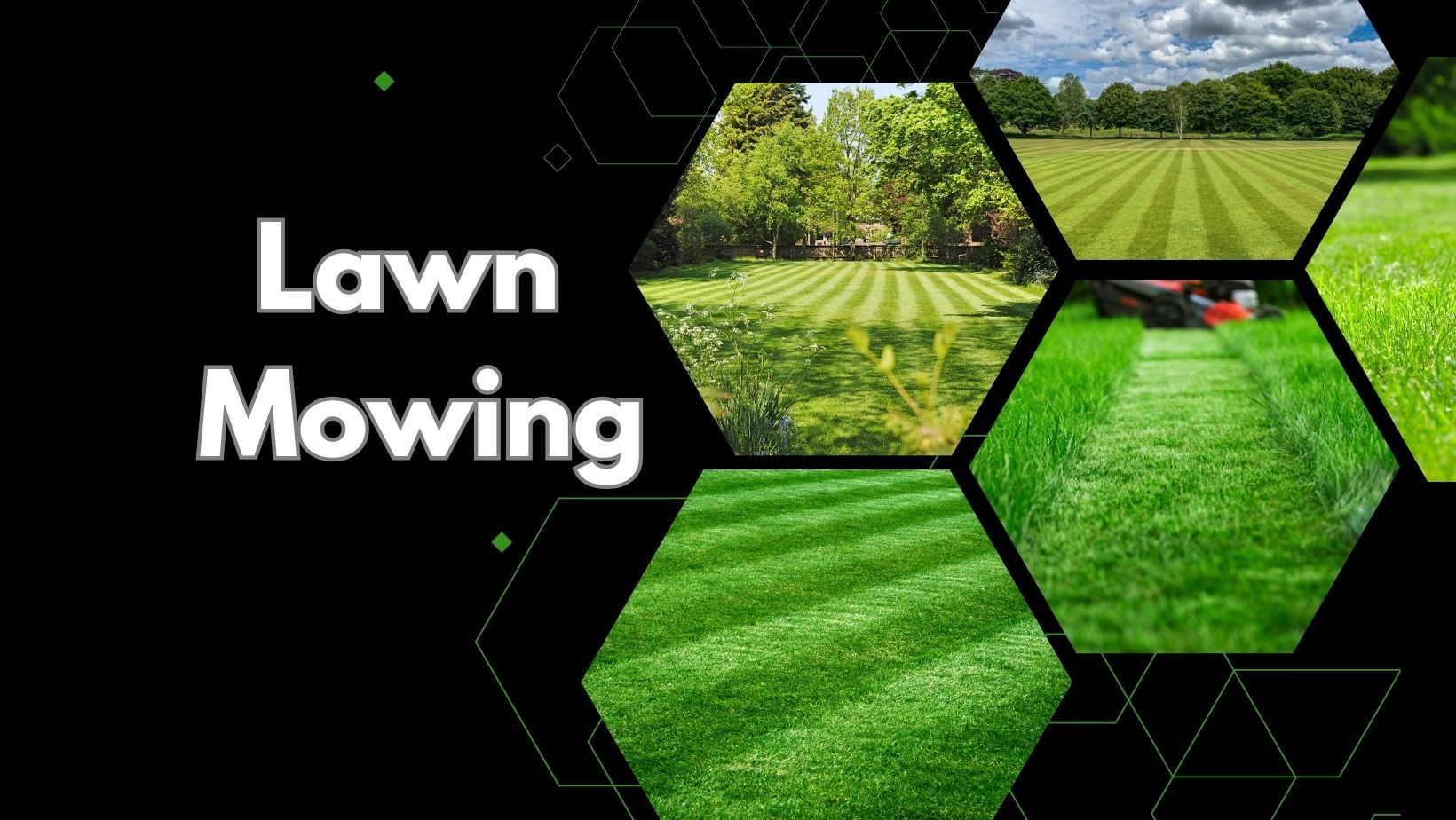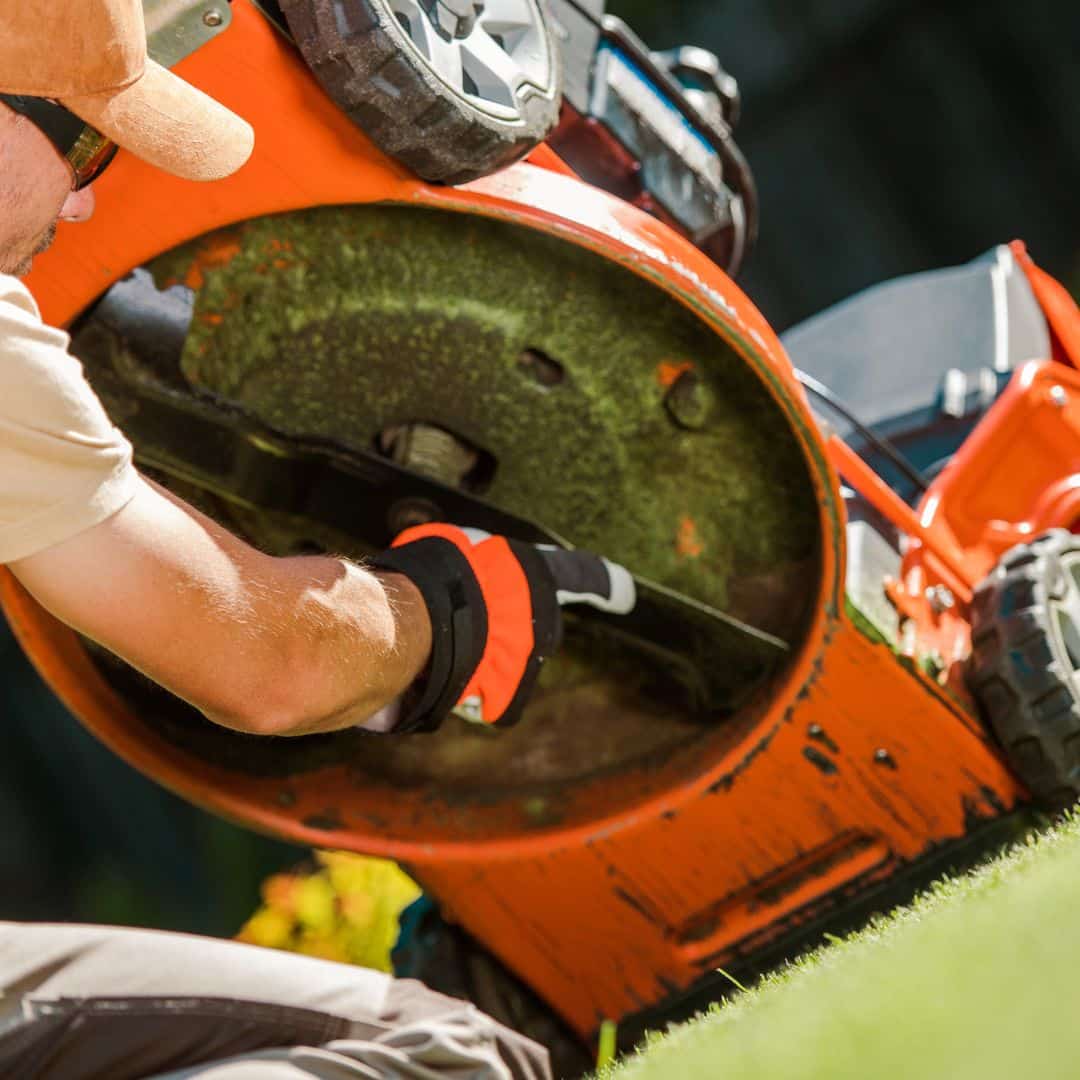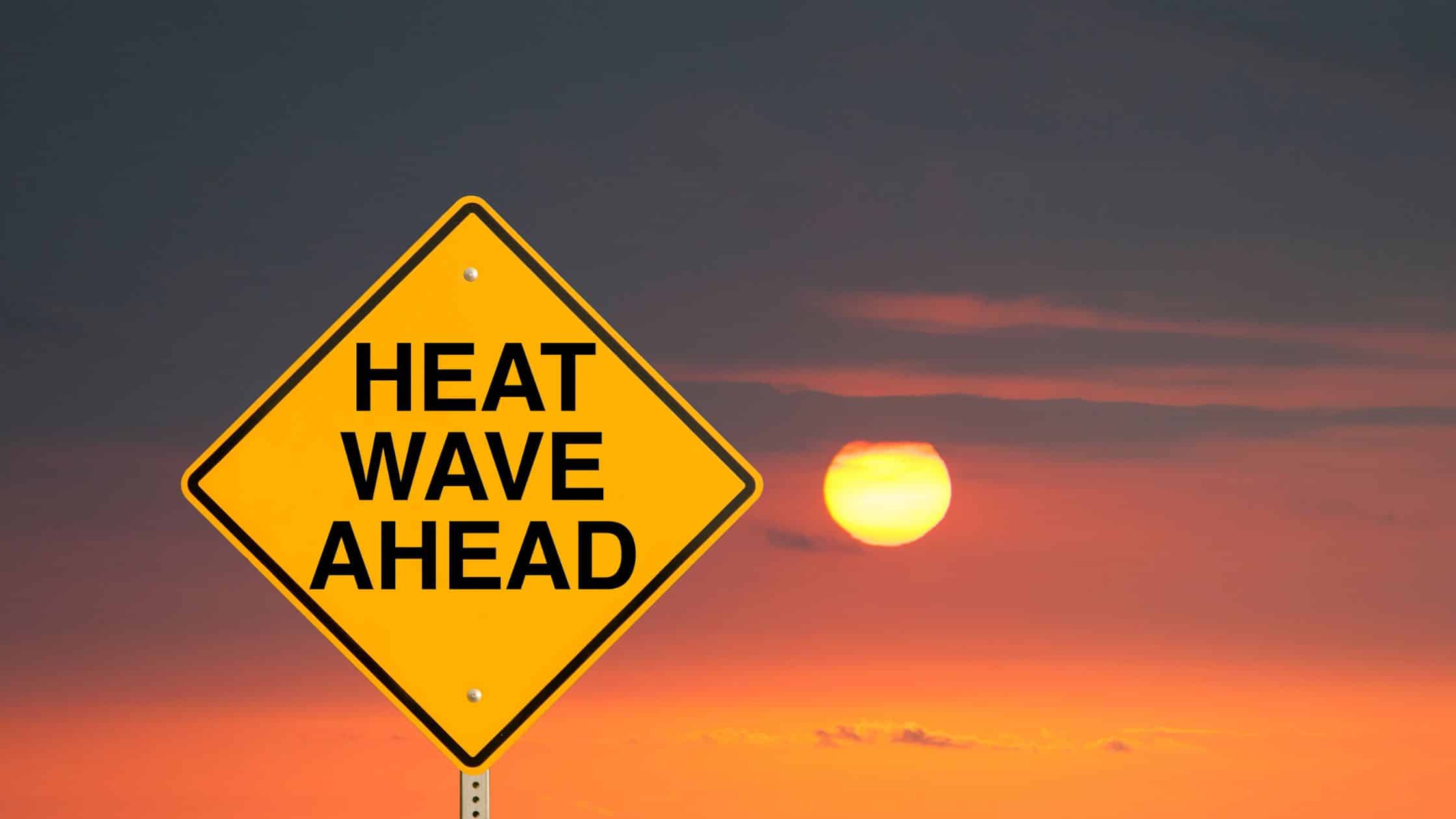All Lawns Need New Seed
Many homeowners don’t realize that the grass in our lawns rarely has the chance to complete its natural lifecycle. Frequent mowing prevents grass from maturing and naturally reseeding itself, causing lawns to gradually thin out over time. Without regular overseeding, you’re relying on older grass plants to keep performing year after year—something they’re simply not designed to do.
Regular overseeding replenishes the lawn by introducing fresh, vigorous grass plants that restore density, improve durability, and maintain vibrant color. Think of overseeding as routine maintenance, like changing the oil in your car: it’s an essential step to keep your lawn running at peak performance season after season.
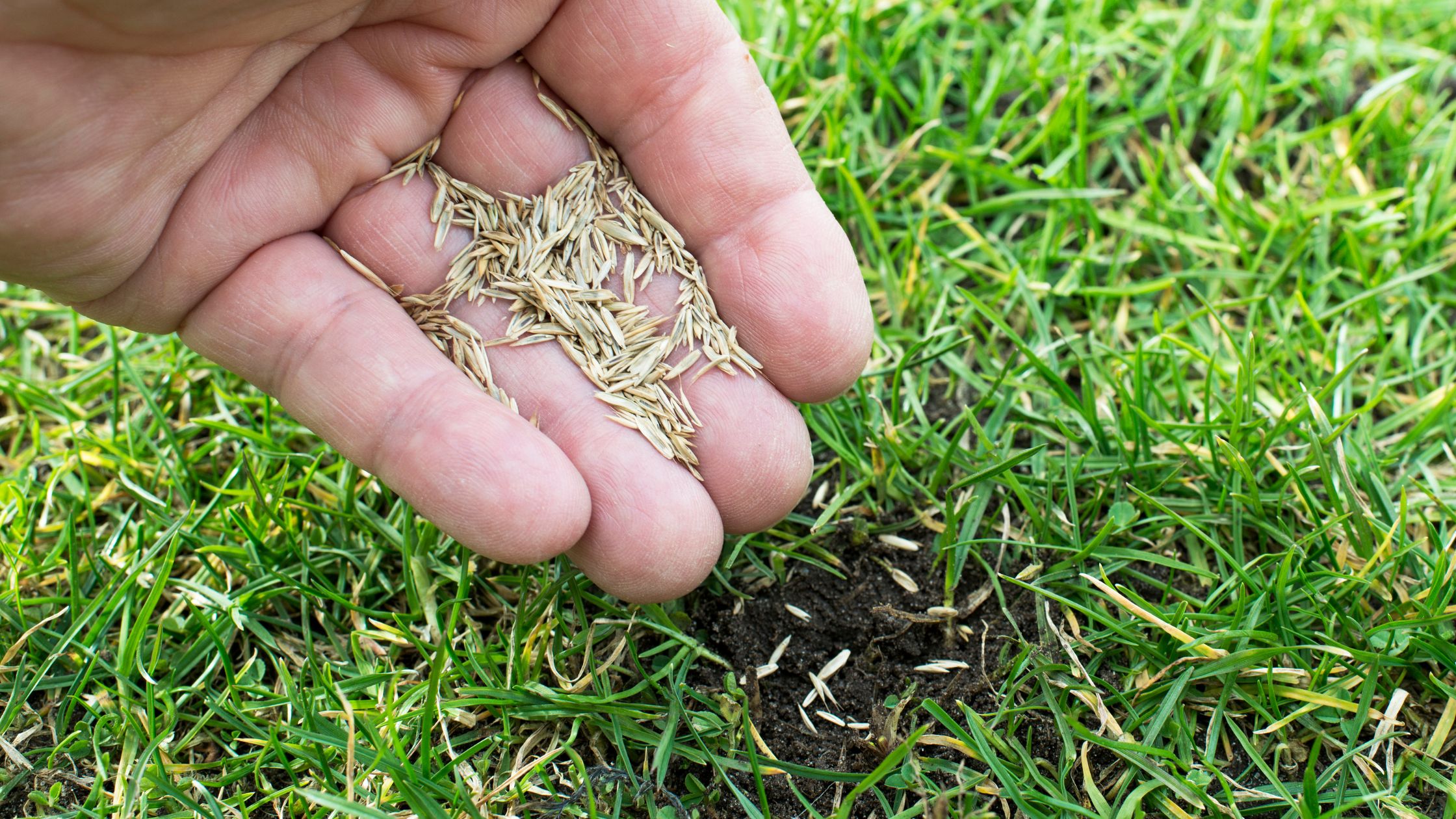
What Type of Grass Seed Do You Need?

How Much Grass Seed Do You Need?

Maximize Your Overseeding Service:

Overseeding Packages

Just Overseeding
Starting at
Includes premium grass seed and full broadcast application.
Seed rate tailored to lawn condition (light to heavy).
Ideal for DIYers who already handled mowing and prep.
Fast, affordable way to refresh healthy lawns.
Prep+ Seed
Starting at
Includes mowing and bagging at proper height
Overseeding with premium seed blend
Great for homeowners who want visible improvement without doing prep
Best for patchy, thin, or uneven lawns
Full-Service
Starting at
Includes premium grass seed and full broadcast application
Seed rate tailored to lawn condition (light to heavy)
Ideal for DIYers who already handled mowing and prep
Fast, affordable way to refresh healthy lawns
READY TO GET STARTED?
SCHEDULE A QUOTE:

 TELL US HOW
TELL US HOW WE CAN HELP







